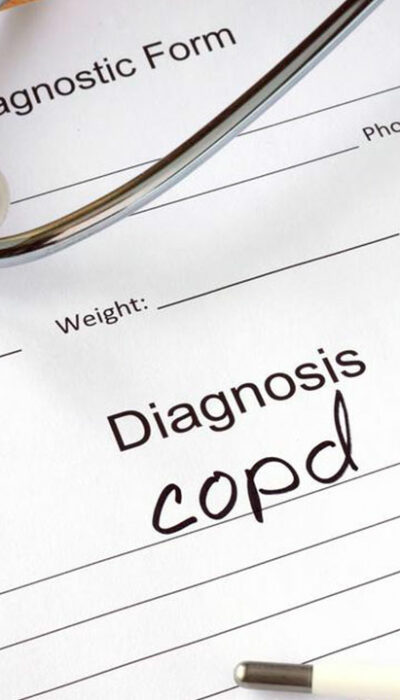
Lasik Eye Surgery Cost And Procedure
Lasik eye surgery is one of the most commonly suggested ophthalmic treatment procedures in recent times. Lasik eye surgery has found a lot of popularity in various parts of the world. Lasik eye surgery is fast becoming one of most popular forms of treatment for vision trouble. Lasik eye surgery has undergone massive development and change in recent times. It is being recommended to many people with different vision problems. Say goodbye to contact lenses and eyeglasses, and opt for a lasik eye surgery today. A Quick, Hassle-Free Procedure Lasik eye surgery brings about substantial changes to the shape of the cornea. This is done to allow a larger amount of light to fall on the cornea. This, in turn, can improve the quality and even depth of your vision. While simple, the actual surgery happens to be quite complex. First, a flap is drawn on the cornea. Next, this flap is torn away painlessly so that the tissues of the inner cornea can be rearranged and reshaped to allow better access for light to fall on the cornea. The drawing of the flaps, and cutting away of tissue, along with the task of reshaping the tissue of the cornea, is done with the help of lasers. This is the reason only experienced doctors can perform this type of surgery. This is one of the aspects that could affect the aspect of lasik eye surgery cost. An experienced team of doctors comes at a high cost. This, elevates the lasik eye surgery cost as compared to other eye surgery techniques. Benefits Of Lasik However, the benefits of undergoing Lasik eye surgery are numerous. Some of the amazing benefits are: Lasik is one of the best, most effective forms of eye surgery which can tremendously help the vision of the patient.










